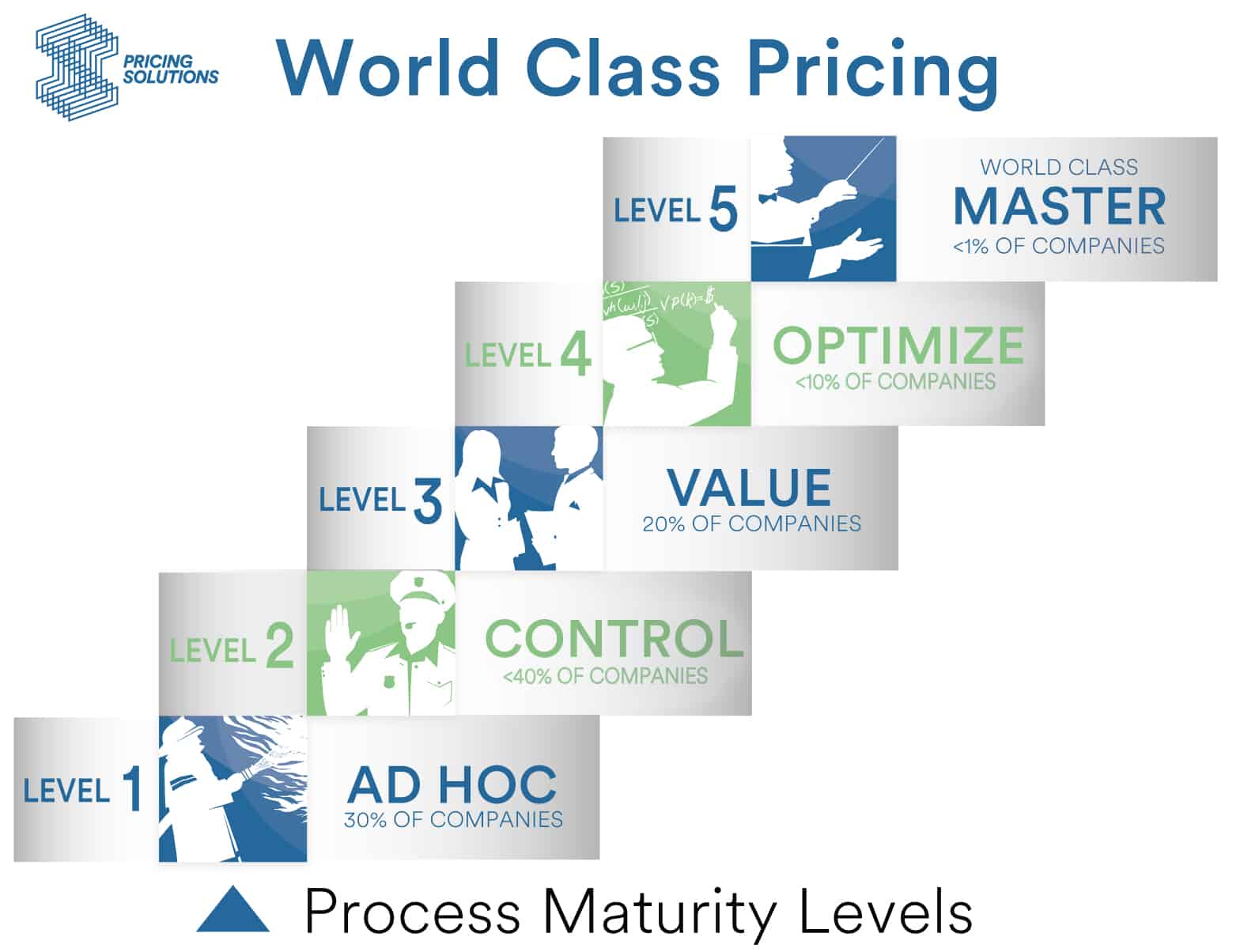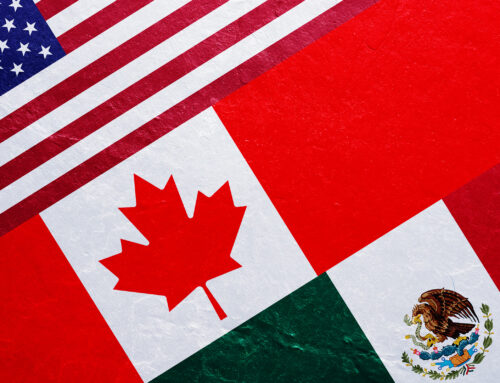Despite the evidence that shows pricing is the most critical predictor of profitability, the science of pricing is still relatively underdeveloped for most organizations, and nine out of ten businesses have the wrong pricing automation system in place.
The purpose of this 18-page white paper is to demonstrate how having the right pricing automation software can maximize business profitability in the long run.
Read The Excerpt
When a natural disaster strikes, it triggers a wave of well-planned and organized responses to secure the area, clean up, and rebuild. In some cases, the affected area comes back even stronger than before.
B2B companies have seen ominous storm clouds gathering for some time. Typically, they find themselves caught between two intense pressure systems. This uncomfortable squeeze between higher costs and lower margins does not leave companies much room for error. On the cost side, suppliers are liable to raise prices, sometimes aggressively, as prices for industrial commodities increase. In fact, the World Bank said in January that it expects a “surge” in industrial commodities prices in 2017. On the customer side, B2B sales team are getting pummeled by procurement teams, whose size and sophistication grants them considerable leverage against the teams on the other side of the table.
How a company responds to this squeeze can make the difference between surviving the storm and prospering in its wake, or succumbing to the pressures. In the latter case, the management team’s measures often inflict even more short-term destruction, turning a profit storm into a profit disaster: job losses, cost-cutting, factory consolidation, or even the withdrawal from markets, often accompanied by a plummeting stock price. Cost-cutting steps may shore up the bottom line in the short term, but they don’t leave much enthusiasm or resources for a rebuild.
If you think there must be a better way, you are right. The better way is called World Class Pricing.
Pricing Solutions’ World Class Pricing Framework™
Companies who address a small number of specific pricing issues will find opportunities in the uncomfortable squeeze. They succeed in shoring up their businesses, achieving quick wins, and prospering. They find the sunlight through the clouds. This also creates a heightened sense of vigilance to prevent similar problems from occurring again. They also find ways to anticipate future squeezes and lessen the pressures before they build.
The Proven Effects of Better B2B Pricing
The existence of pricing opportunities in competitive B2B markets has been well-researched and documented. McKinsey explained the profit impact of small price increases in the Harvard Business Review article some 25 years ago. Two of their consultants wrote that a 1 percent increase in prices will raise operating profit by 11.1 percent, assuming negligible volume loss. In our own experience over the last two decades, the extent of that gain in operating profit can vary, but the overall point McKinsey made has held up extremely well.
When a company faces the potentially disastrous B2B profit squeeze we described above, pricing is where the restoration and the preventative actions should begin. Nearly every B2B company has enough opportunities to implement the kinds of price increases that can grow revenues without much volume loss. The make-or-break challenge is to find them. Hidden by unsophisticated pricing practices and bogged down in internal processes which have spiraled out of control, these opportunities take some effort to identify and then seize. It requires diligence, commitment, analytical skills, and objectivity. The operative word is “control”.






